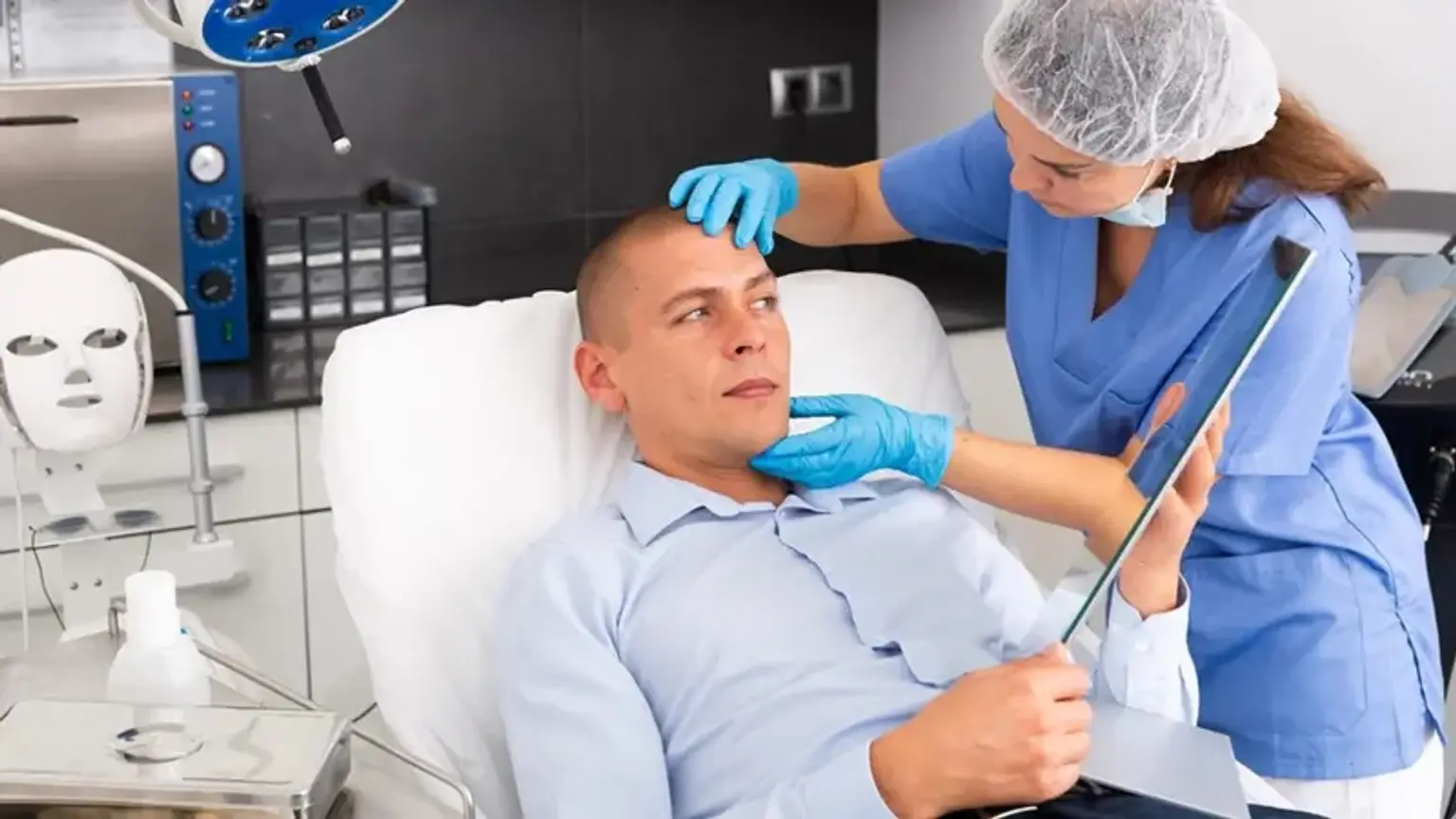Introduction
Facial nerve paralysis is a medical condition that results in the loss of voluntary control of the muscles on one side of the face. This condition can affect a person’s ability to express emotions, speak clearly, eat, and even close their eyes properly. The facial nerve is responsible for controlling the muscles that govern facial movements, such as smiling, frowning, and blinking. When the facial nerve is damaged or paralyzed, it can lead to visible changes in a person’s appearance and affect their quality of life.
Facial nerve paralysis can occur due to a variety of reasons, including injury, infections, tumors, strokes, or idiopathic conditions like Bell’s palsy. The condition can range from mild weakness in the face to complete paralysis. Regardless of the cause, facial nerve paralysis often has a significant emotional and psychological impact. It can lead to challenges with self-esteem, body image, and social interactions. Fortunately, medical and surgical treatments are available to help patients regain some of their lost function and improve facial aesthetics, with facial nerve reconstruction being one of the most effective solutions.
What is Facial Nerve Paralysis?
Facial nerve paralysis refers to the inability to move or control the facial muscles on one side of the face, which occurs due to damage or injury to the facial nerve. This nerve, known as the seventh cranial nerve, plays a crucial role in controlling the muscles of facial expression, eyelid movement, and some functions related to taste and salivation. When this nerve is damaged or compromised, it leads to symptoms that range from partial weakness to complete immobility of the face.
The most common symptom of facial nerve paralysis is a visible asymmetry of the face. Individuals may find it difficult to smile, raise their eyebrows, or close their eyelids properly. In some cases, people with facial nerve paralysis experience a condition known as synkinesis, where involuntary movements occur in one part of the face when trying to move another. For example, smiling may cause the eyelid to close or twitch.
Facial nerve paralysis can be a temporary condition, especially in cases of Bell’s palsy, where the symptoms may resolve within a few weeks or months. However, in more severe cases where the nerve is permanently damaged, long-term facial asymmetry and functional impairment can occur.
